Mosquitos Hunt Humans Like The Predator According To Research
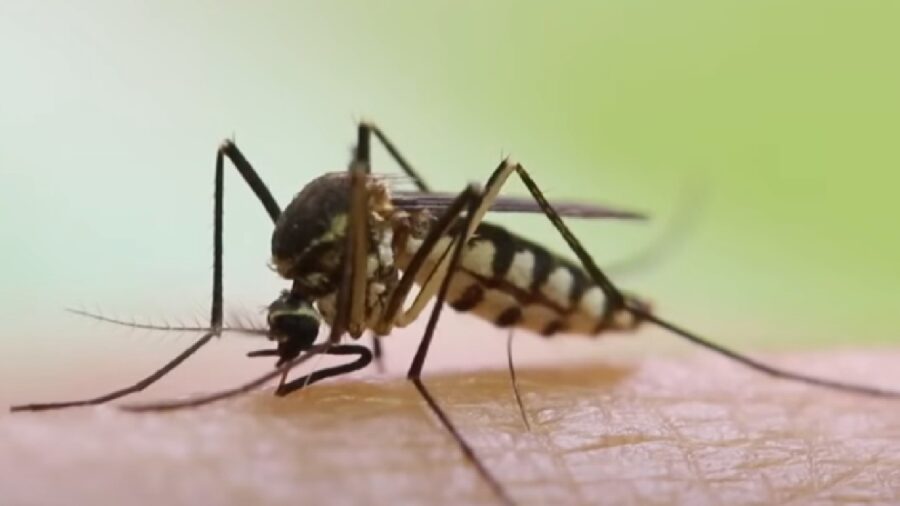
Those pesky bugs that we hear buzzing about as they prepare to suck the blood from our bodies have been revealed to home in on human prey like something out of a science fiction film. A research team at the University of California Santa Barbara discovered that these little parasites have an infrared sensing system in their antennae that they utilize to identify their next victims. The tiny bugs have a hunting ability that is quite similar to the Yautja, more commonly known as the nearly indestructible extraterrestrial hunters from the Predator film franchise.
Thermal Vision
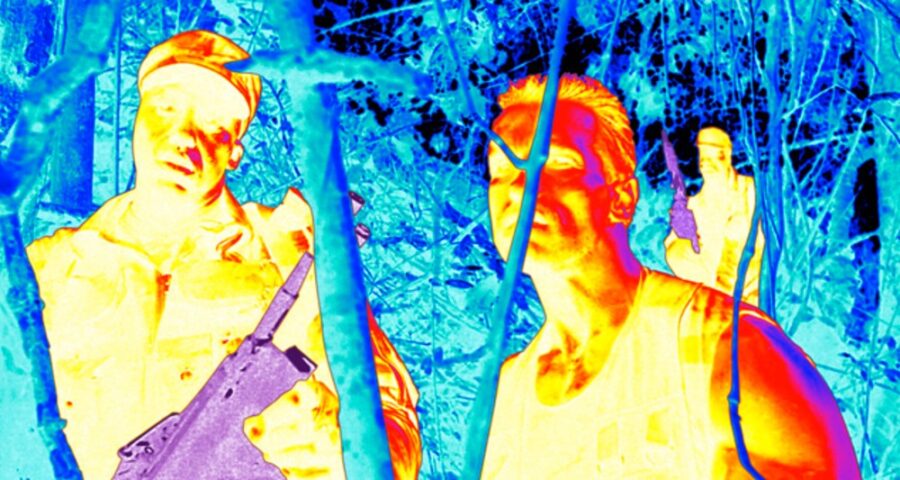
Nicholas Debeaubien, who serves as a molecular biologist at the University of California Santa Barbara, spoke of how the mosquito is capable of easily finding humans to feed from, even though these little creatures have poor eyesight. If a mosquito’s target is moving or if the wind blows off its scent, keeping a host in the crosshairs would be nearly impossible for them. With this knowledge common, the university researchers began to hypothesize that the mosquitos must possess something that gives them an edge.
An Inventive Experiment
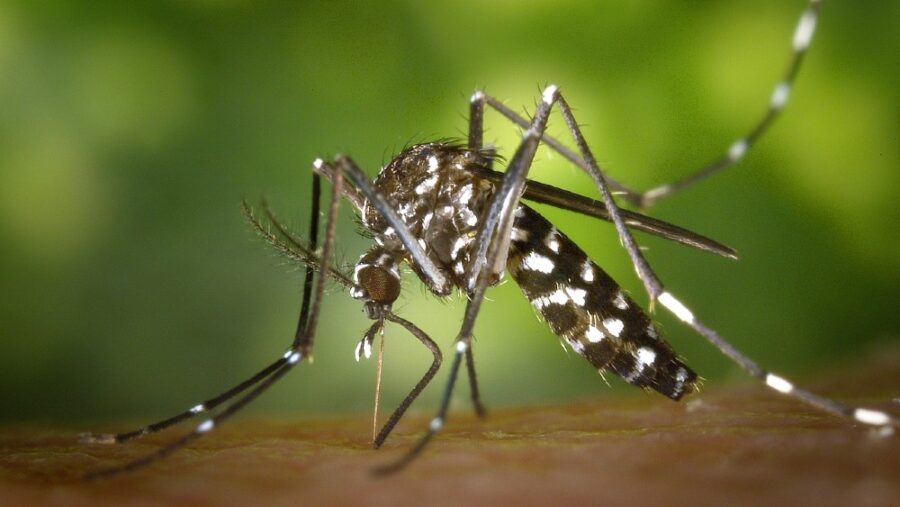
For their experiment, the researchers filled cages with 80 female mosquitoes that were between one and three weeks old. Inside their confinements were “dummy hosts” that were represented by “combinations of thermoelectric plates, carbon dioxide at the concentration of human breath, and human odors.” The thermoelectric plates, a source of infrared radiation, were set at human skin temperature for some of the mosquitos and a lower temperature for others.
Bloodsucking Accuracy
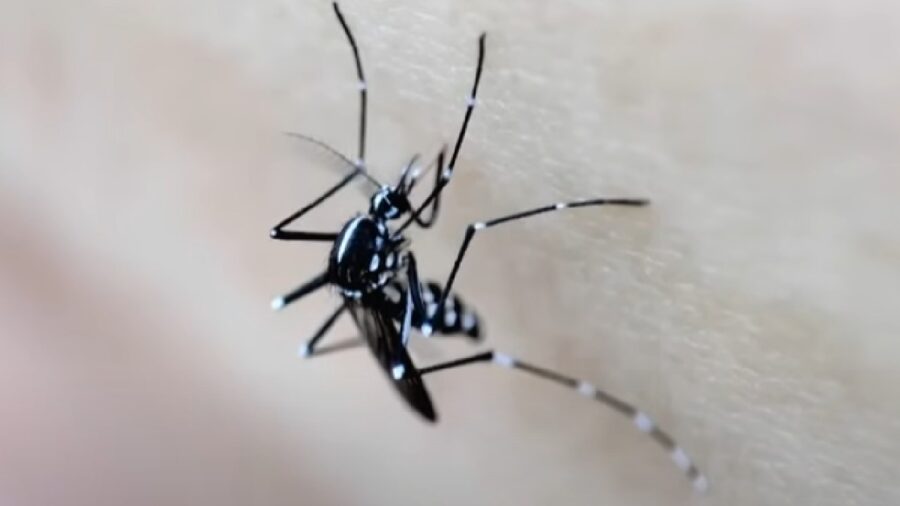
The findings were a bit shocking. The researchers observed that the mosquitos were more actively landing on “hosts” and trying to extract blood whenever all three cues were used at the same time. They surmise that the combination of human scent and the concentration of carbon dioxide will be detected by the mosquitos but that their infrared sensors within their antennae help them locate where they should land.
A Way To Trap Mosquitos
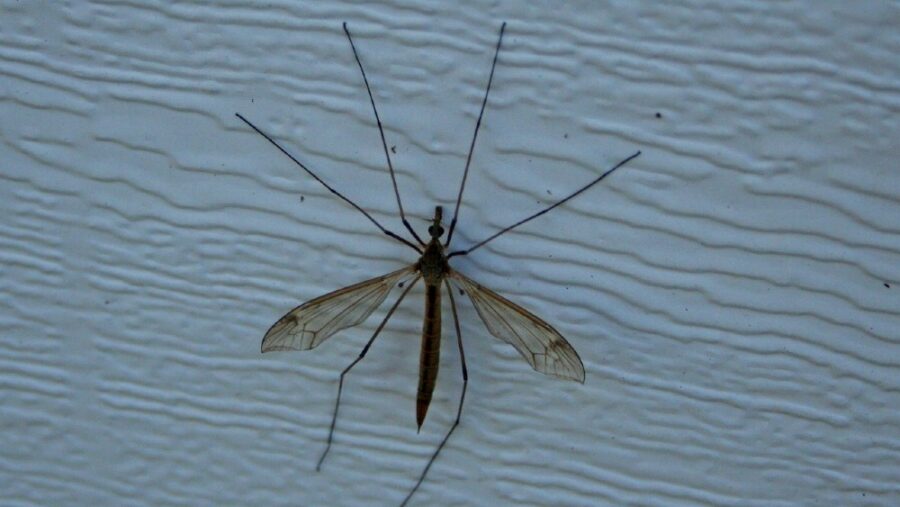
According to the research team, these behaviors explain quite a bit. For instance, the mosquito’s need for infrared radiation to be emitted from potential prey is why a human wearing loose-fitting clothing will get bitten much less. These types of garments dissipate the infrared rays and help to make a human nearly invisible to nearby bloodsuckers.
This discovery might also be key in finding ways to trap these little creatures before they can suck away human blood. By using thermal radiation as bait, it might be possible to draw mosquitos away from human hosts and into high-tech mosquito traps.
The Danger Of Mosquitos
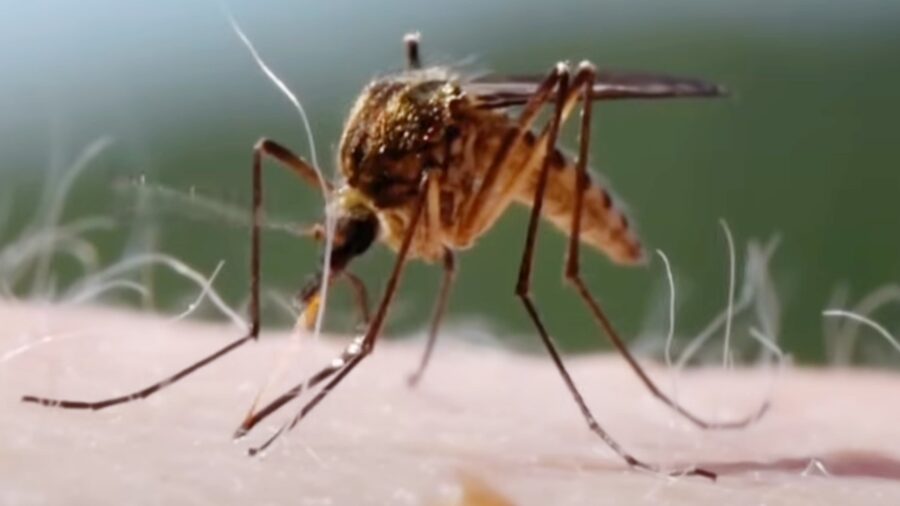
With so many diseases that are borne from mosquito bites, this research could potentially save countless human lives. In many areas around the globe, pathogens like yellow fever, dengue, Zika virus, and Malaria are responsible for hundreds of thousands of deaths each year. In 2022 alone, more than 600,000 people succumbed to the latter, according to the World Health Organization.
While the Yautja are much more menacing than the mosquito by appearance, clearly it’s the smaller of the two predators that pose more of a danger to humans.
Sources: Nature













Login with Google